Home Remedies For Burns: 14 Natural Treatments For Quick Relief
A few drops of lavender oil or a dash of aloe vera can soothe those painful burns at home.

Image: Shutterstock
If you are looking for home remedies for burns, you are not alone! Burns are one of the most common household injuries. We have all been subjected to a burn at some point in our lives. Be it from accidentally touching the frying pan or walking in the sun, burns are painful. Thankfully, you can treat burns at home with a few natural ingredients available in your pantry. They can prevent scarring and further infection. If you do experience burns that go through all layers of your skin, then seek medical attention immediately. In this article, we take a look at the different types of burns and a few home remedies to treat your burns.
In This Article
Types Of Burns
Depending on the severity and damage, burns are mainly classified into three types.
1. First-Degree Burns
The burns that cause the least damage to the skin are called first-degree burns.
These burns only affect the outermost layer of the skin and do not cause blisters. The common signs of a first-degree burn include redness, inflammation, and in some cases, slight peeling of the skin.
2. Second-Degree Burns
Second-degree burns often go beyond the outermost layer of the skin and cause the skin to blister and become sore.
If a blister happens to pop, it gives the burn a wet appearance. Depending on the severity of the blisters, this type of burns takes a longer time to heal.
Lisa Munley, a blogger, shared her experience of getting second-degree burns with boiling water. She said, “My legs were an angry shade of bright red and starting to blister. Gross yellow blisters the size of golfballs have bubbled up on both legs (i).”
 Quick Tip
Quick Tip3. Third-Degree Burns
Third-degree burns affect and extend through all the layers of the skin. These are very severe and often cause nerve damage, which disables one’s ability to feel the pain from the burn. The skin affected by a third-degree burn is either waxy white or dark brown. If left untreated, such burns have the potential to cause severe scarring. Third-degree burns require immediate treatment and must be attended to by an experienced physician and should not be self-treated.

Burns that are extremely severe and extend to the bones and tendons are called fourth-degree burns.
All these types of burns may occur due to several reasons that are discussed in the next section.
Causes Of Burns
Burns may result from various causes. Some of them include:
- Exposure to hot objects, flames, boiling liquids, or steam.
- Contact with strong chemicals, such as strong cleaning products or industrial chemicals.
- Exposure to electric current
- Prolonged exposure to sunrays
- Rubbing of the skin against rough surfaces like roads
Immediately after a burn, the skin may feel intensely painful, swollen, and tender. The pain may subside as the body starts its natural healing process, but the affected area may remain sensitive for days or weeks, depending on the severity of the burn. For minor burns, healing begins with inflammation, followed by the formation of new skin cells and eventual peeling. Second-degree burns may require medical care and take longer to heal. For third- and fourth-degree burns, healing is more complex. They also require immediate medical intervention.
As you must have concluded by now, if you are suffering from something as severe as a third or fourth-degree burn, you must consult your doctor immediately to prevent permanent scarring. These burns also have the potential to cause death, depending on the extent of damage to your body, and hence need to be medically attended to immediately. However, if you are suffering from a minor burn that has happened to blister, following some simple and natural home remedies will help you completely recover from your burn. Here are some home remedies for burns you can try.
Key Takeaways
- To calm the burned skin and speed up healing, administer some aloe vera gel to the area.
- Cool compresses made from tea bags, coconut oil, or raw honey can also aid in healing and pain relief.
- Applying a milk and cornflour combination to the burned area will cool it and speed up recovery.
- Essential oils like tea tree oil and lavender oil can also treat burns.
- To balance the pH and encourage healing, apply baking soda and water to the burned area.
How To Treat A Burn Naturally
It is important to treat burns right away with effective first-aid measures.
- First, run cool water on the burn for 10 minutes. Do not use ice water.
- Gently pat the burn dry with a clean towel. Do not rub or scrub it.
- Cover the burn with a clean and sterile bandage.
If the burn is severe or covers a large area of the body, seek medical attention immediately. Once these measures have been performed you can look into the following home remedies.
- Essential Oils
- Yellow Mustard
- Aloe Vera
- Honey
- Toothpaste
- Tea Bags
- Baking Soda
- Coconut Oil
- Vitamin E Oil
- Milk
- Vinegar
- Oats
- Salt
Best Home Remedies To Treat Burns Naturally
Note: Resort to first aid before trying any of the home remedies for burns listed below. Run cold water on the burned area for at least 10 minutes and then apply an over-the-counter antibiotic ointment. You can also immerse the affected area in a bowl of cool water if running water is not available.
Further, keep in mind that these home remedies for burns are not a substitute for professional medical advice, diagnosis, or treatment. If you experience a severe burn, signs of infection, or worsening symptoms, seek medical attention immediately. Additionally, while natural ingredients are commonly used for soothing minor burns, they may cause allergic reactions or skin irritation. So, always perform a patch test on a small area before extensive application.
 Quick Tip
Quick Tip1. Essential Oils
a. Lavender Oil
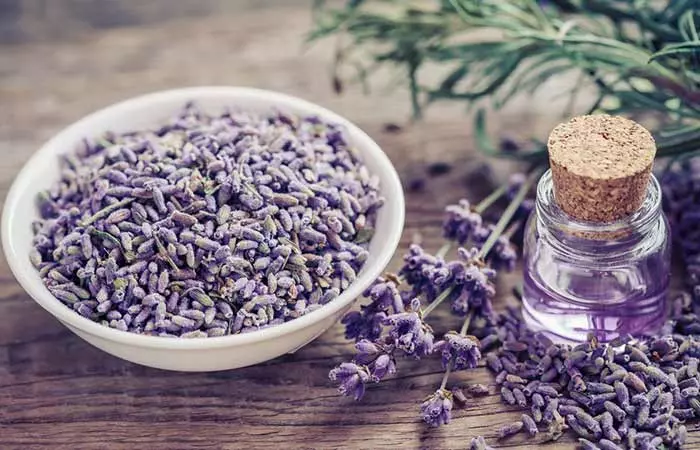
You Will Need
- 2 to 3 drops of undiluted lavender oil
- Cotton pad
What You Have To Do
Take a few drops of undiluted lavender oil on a cotton pad and spread it evenly on the burned area.
How Often You Should Do This
Do this three times a day until you see positive results.
Why This Works
Lavender essential oil is widely used for its various medicinal benefits due to its antiseptic nature.
The presence of linalyl acetate and beta-caryophyllene gives lavender oil its pain-relieving and anti-inflammatory properties. The combination of these properties of lavender oil helps in healing minor burns and prevents scarring (1).
b. Peppermint Oil
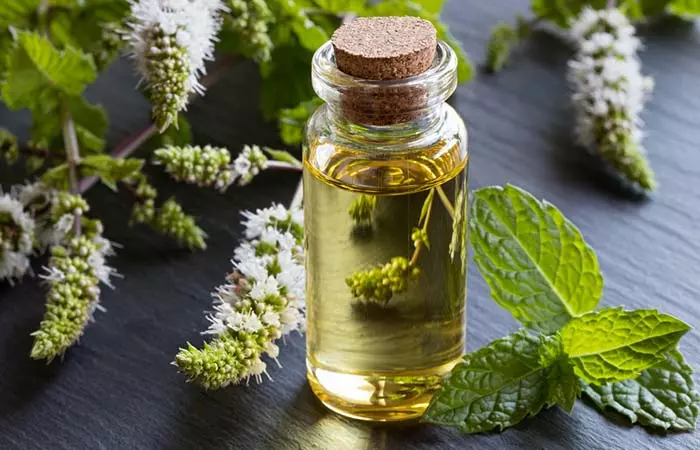
You Will Need
- 2 to 3 drops of peppermint oil
- Cotton pad
What You Have To Do
Take about three drops of peppermint oil on a cotton pad and apply it to your burn.
How Often You Should Do This
Do this at least thrice daily.
Why This Works
Peppermint oil is rich in menthol, which gives a cooling effect to the burn. In addition, the analgesic and anti-inflammatory properties of peppermint oil can eradicate the pain and swelling accompanying the burn (2).
c. Tea Tree Oil

You Will Need
- 2 to 3 drops of tea tree oil
- Cotton pad
What You Have To Do
Take a few drops of tea tree oil on a cotton pad and swipe it evenly on your burn.
How Often You Should Do This
You must do this at least twice daily.
Why This Works
Tea tree oil is known for its powerful antiseptic, anti-inflammatory, and analgesic properties. These properties make it one of the best and quick treatments for painful burns (3).
Caution
If you have sensitive skin, mix tea tree oil with coconut or olive oil before application.
d. Frankincense Oil

You Will Need
- 2 to 3 drops of frankincense oil
- Cotton pad
What You Have To Do
Take a few drops of frankincense oil on a cotton pad and apply it directly to the burned area.
How Often You Should Do This
You must do this two to three times daily.
Why This Works
Frankincense oil is quite popular for its antiseptic and antioxidant properties, which can prevent your burn from getting infected and also help it heal faster (4).
Note: Essential oils are highly potent, and their improper use may worsen burns. Always dilute them with a carrier oil before application. Also, perform a patch test to ensure you are not allergic to them.
2. Yellow Mustard

You Will Need
- 1 tablespoon of yellow mustard
- 1/2 tablespoon of water
What You Have To Do
- Blend the yellow mustard with water to make a fine paste.
- Slather this paste onto the burned skin.
How Often You Should Do This
Do this at least thrice daily.
Why This Works
Mustard seeds are rich in a counter-irritant compound called allyl isothiocyanate that can relieve pain and improve blood flow to the affected area (5).
3. Aloe Vera

You Will Need
1 teaspoon of aloe vera gel
What You Have To Do
Apply aloe vera gel to the burned area evenly.
How Often You Should Do This
Do this two to three times a day.
Why This Works
Aloe vera gel heals burns with its anti-inflammatory and antioxidant properties. It is also antibacterial and therefore, it prevents infection of the wounds, scarring, and blistering (6). You can use aloe vera for burns as it soothes the skin, reduces pain, and lowers the risk of scarring.
Tip
For this home remedy for burns, you can either use store-bought aloe vera gel or extract it from aloe vera leaves. However, keep in mind that some commercial aloe vera products contain alcohol or additives that can further irritate the skin. So, always use pure aloe vera gel that is free of additives.
4. Honey

You Will Need
2 teaspoons of organic honey
What You Have To Do
Take some organic honey and slather it onto the burn.
How Often You Should Do This
Do this at least thrice daily.
Why This Works
Being a natural antibiotic, honey has a natural pH balance that prevents the burn from becoming infected. Honey also has anti-inflammatory and antioxidant properties and thus helps to heal burns faster (7).
5. Toothpaste
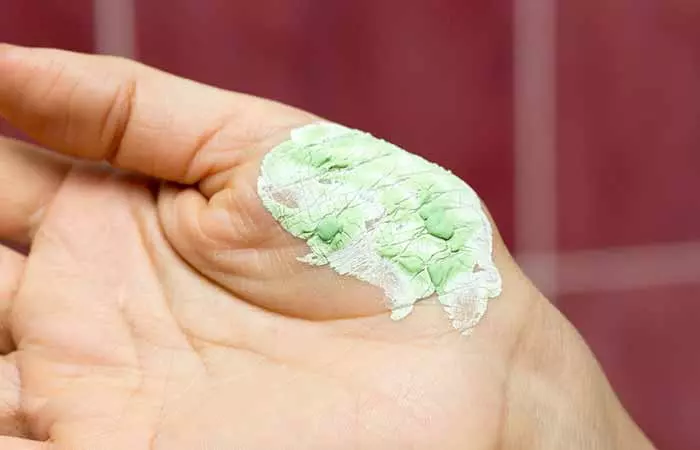
You Will Need
White minty toothpaste
What You Have To Do
- Smear some toothpaste over your burn after running it under cold water.
- Leave this on for 10 to 15 minutes before washing it off.
How Often You Should Do This
Do this once in a day.
Why This Works
Anecdotal evidence suggests that toothpaste may help in reducing the pain and soothing the burn due to its minty nature.
Note: Some evidence suggests that toothpaste is not a safe burn remedy. It may cause further irritation and slow healing (8). Therefore, always consult a medical expert before using it for burns.
6. Tea Bags
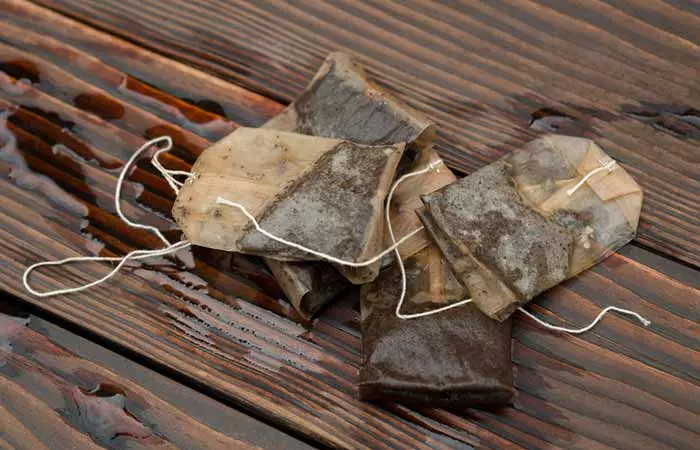
You Will Need
2 to 3 used tea bags
What You Have To Do
- After making tea, keep the used tea bags aside.
- Allow them to cool and apply the wet tea bags on the area of your burn.
- Use a gauze to hold the tea bags in place for 10 to 15 minutes.
How Often You Should Do This
Do this at least twice daily.
Why This Works
Tea is rich in tannic acids that help to draw heat from the burned area. Thus, tea bags are capable of relieving pain and the burning sensation (9), (10).
7. Baking Soda

You Will Need
- 1 teaspoon of baking soda
- 1/2 to 1 teaspoon of water
What You Have To Do
- Mix the baking soda and water to make a fine paste.
- Apply this baking soda paste directly to the affected area.
- Leave it on for 10 to 15 minutes and then wash it off with water.
How Often You Should Do This
You must follow this regimen two to three times daily.
Why This Works
The antiseptic nature of baking soda helps in keeping the burned area infection-free. Baking soda can also help to restore the natural pH balance of your skin and this, in turn, reduces the pain and burning sensation (11).
8. Coconut Oil

You Will Need
1 to 2 teaspoons of virgin coconut oil
What You Have To Do
- Apply virgin coconut oil directly to the affected area with your fingertips.
- Leave it on and allow it to be absorbed into your skin.
How Often You Should Do This
You must follow this remedy at least thrice daily for a speedy recovery.
Why This Works
Coconut oil, scientifically termed as Cocos nucifera, can help in skin cell regeneration and can also penetrate into the skin. It is also anti-inflammatory and antioxidant and can help in cooling down the burn and preventing blistering and scarring of the burned skin (12), (13).
9. Vitamin E Oil
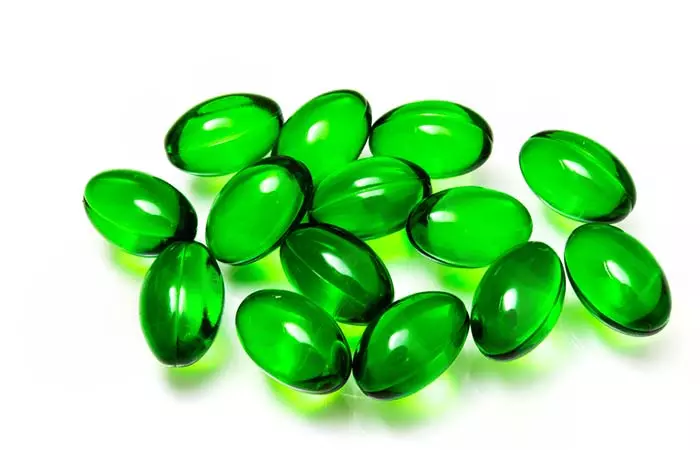
You Will Need
1 teaspoon of vitamin E oil
What You Have To Do
- Extract vitamin E oil from the capsules and apply it evenly onto the burned area.
- Leave it on until it is completely absorbed by the skin.
How Often You Should Do This
You must do this three to four times daily.
Why This Works
Vitamin E is well known and widely used for its various skin benefits. The antioxidant properties of vitamin E oil help in combating inflammation and its skin regeneration abilities can help to heal the burn faster (14).
10. Milk

You Will Need
- 1/4 cup of cold milk
- Cotton balls
What You Have To Do
- Soak a cotton ball in refrigerated milk and apply it to the affected area.
- Leave it on for 10 to 15 minutes before washing it off with water.
How Often You Should Do This
You must repeat this every couple of hours until the pain and burning sensation begin to fade.
Why This Works
Milk has a high content of zinc and some proteins that can help in soothing and healing burns faster (15).
11. Vinegar
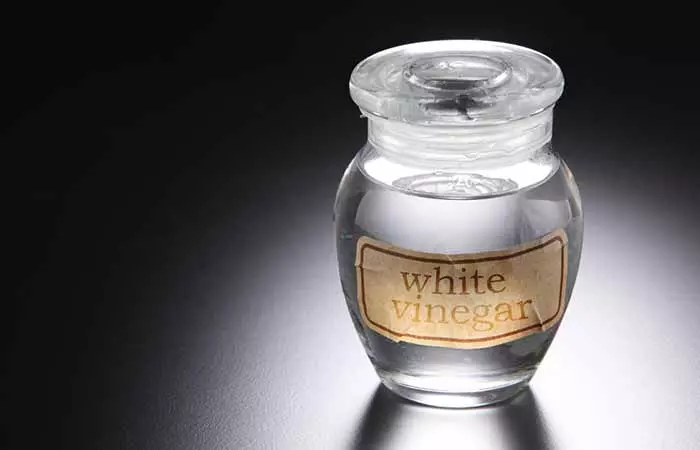
You Will Need
- 2 teaspoons of refrigerated vinegar
- 2 teaspoons of water
- Cotton pads
What You Have To Do
- Dilute some refrigerated vinegar with water.
- Soak a cotton pad in the diluted vinegar and apply it to the burned skin.
- Leave it on until the vinegar evaporates on its own.
How Often You Should Do This
Do this 2 to 3 times daily.
Why This Works
Vinegar is a natural astringent and antiseptic and is mainly composed of acetic acid. Acetic acid is known for its anti-inflammatory and pain-relieving properties. These properties of vinegar can be beneficial in treating and healing minor burns (16).
Note: Vinegar is acidic and can cause intense stinging, worsening the burn. Always use it with caution and dilute it before application.
12. Oats

You Will Need
- 1 tablespoon of oats
- 1 bowl of water
What You Have To Do
- Let the oats steep in the water for some time.
- After a few minutes, you can soak the burned area in this water for 10 to 15 minutes.
How Often You Should Do This
You must do this at least twice daily.
Why This Works
Oats are rich in many antioxidants like vitamin E, phytic acids, and avenanthramides. Among these, avenanthramides are found to reduce inflammation. Thus, due to the combined effect of these antioxidants, oats or oatmeal can help to reduce the pain and help your burn heal faster (17).
13. Salt

You Will Need
- 1 teaspoon of salt
- Water
What You Have To Do
- Add a few drops of water to salt to make a fine paste.
- Apply this paste to your burn and allow it to dry.
How Often You Should Do This
Follow this remedy several times daily.
Why This Works
Salt, also referred to as sodium chloride (NaCl), has natural healing and antimicrobial properties that prevent blistering and help the burn heal faster (18).
Note: Salt may aggravate burned skin, causing additional pain and irritation. Avoid applying it to fresh burns and always consult your physician before use.
14. Butter

You Will Need
- Unsalted butter
What You Have To Do
- Apply a thin layer of unsalted butter to the burn.
How Often You Should Do This
Use it as needed to soothe the burn.
Why This Works
It is believed that the fat in butter may work as a protective barrier, provide temporary relief, and may help with healing. However, there is no scientific evidence supporting the use of butter for burns. But it can be used as a complementary remedy along with medical treatments for faster healing. You can also mix butter with aloe vera gel or honey to minimize the irritation.
Several ingredients also have the potential to relieve mild burns in addition to these natural remedies.
- You may use boiled potato peels placed on open wounds, with the inner side down, to hasten the healing process (19).
- Cucumbers may help ease skin irritation (20).
- Curcumin derived from turmeric has antioxidant and anti-inflammatory properties that may help reduce burn wound size and wound-related inflammation in rats (21).
- Topical chamomile extract may help accelerate the wound healing process (22).
- Oral calendula extract capsules helped accelerate the second-degree burn wound healing process (23).
- Witch hazel extracts have anti-inflammatory action, which may soothe superficial wounds (24).
You must always remember to run cold water on your burn or apply a compress before going ahead with any of these treatments as this will reduce the impact of your burn and prevent it from spreading further. And although you can follow these remedies to treat minor burns right at home, in case of severe burns, you must visit a doctor immediately.
Note: If the burn is larger than three inches, located on the face, hands, feet, or major joints, or has a charred or leathery appearance, it is advisable to seek immediate medical attention. Also see a doctor if you notice any signs of infection such as increased pain, swelling, or fever.
Learn how to treat and manage burns and scalds with doctor-approved first-aid tips. Dive into this video to get the best advice on how to handle these injuries and prevent further damage.
Infographic: Easy Remedies To Soothe Minor Burns
Though minor burns are common, they may cause pain and scarring. But worry not, we are here to help. If you are wondering how to heal a burn fast at home, there are numerous home remedies for it. In the following infographic, we have listed a few easily accessible ingredients that can help remedy the pain associated with minor burns. Take a look.
Some thing wrong with infographic shortcode. please verify shortcode syntaxFirst-degree burns are often considered minor, and they can be treated naturally with kitchen and other ingredients. Some effective home remedies for burns include essential oils like lavender oil, peppermint oil, and tea tree oil. These may help heal burns through their anti-inflammatory and analgesic (pain-relieving) properties. Also, aloe vera, honey, and coconut oil reduce the risk of scarring besides soothing the skin and reducing the pain. However, do not treat burns at home if they have reached the deeper layers of your skin. Consult a doctor immediately as they could be second, third, or fourth-degree burns.
Frequently Asked Questions
Is Vaseline good for burns?
Yes, Vaseline can help seal in moisture and facilitate healing of a burn wound.
Can you put ice on a burn?
No, you should not put ice or ice cold water on a burn, as the sudden drop in temperature may constrict the blood vessels and cause further damage to the wound and its surrounding tissues. For minor burns, use cool (not cold) running water instead and for major burns, seek immediate medical attention.
Is tomato good for burns?
Yes, putting tomato slices on a burn after running it under cool water may help prevent blisters, reduce inflammation and facilitate healing due to its lycopene content (25).
Does ketchup work on burns?
Ketchup contains tomatoes (lycopene) and may help prevent blistering in a pinch. However, there is no scientific research to support this home remedy for burns.
Is yogurt good for burns?
Anecdotal evidence suggests that yogurt has a cooling and soothing effect on burns. However, there is a lack of scientific research to validate this claim.
Illustration: How To Treat Burns At Home - 14 Natural Remedies To Try

Image: Stable Diffusion/StyleCraze Design Team
Personal Experience: Source
StyleCraze's articles are interwoven with authentic personal narratives that provide depth and resonance to our content. Below are the sources of the personal accounts referenced in this article.
i. Grace and the 2nd degree burnshttps://lisamm.wordpress.com/2008/05/26/grace-and-the-2nd-degree-burns/
References
Articles on StyleCraze are backed by verified information from peer-reviewed and academic research papers, reputed organizations, research institutions, and medical associations to ensure accuracy and relevance. Read our editorial policy to learn more.
- Biological activities of lavender essential oil
https://pubmed.ncbi.nlm.nih.gov/12112282/ - The anti-inflammatory activity of L-menthol compared to mint oil in human monocytes in vitro: a novel perspective for its therapeutic use in inflammatory diseases
https://pubmed.ncbi.nlm.nih.gov/9889172/ - Melaleuca alternifolia (Tea Tree) Oil: a Review of Antimicrobial and Other Medicinal Properties
https://pmc.ncbi.nlm.nih.gov/articles/PMC1360273/ - Frankincense–therapeutic properties
https://pubmed.ncbi.nlm.nih.gov/27117114/ - Antibacterial mechanism of allyl isothiocyanate
https://pubmed.ncbi.nlm.nih.gov/10852565/ - Effect of aloe vera gel to healing of burn wound a clinical and histologic study
https://pubmed.ncbi.nlm.nih.gov/7561562/ - Topical Application of Honey for Burn Wound Treatment – an Overview
https://pmc.ncbi.nlm.nih.gov/articles/PMC3188068/ - Perception Awareness and Practices Related to Burn First Aid Among the General Population in Qassim Region Saudi Arabia
https://pmc.ncbi.nlm.nih.gov/articles/PMC10598412/ - The use of tannins in the local treatment of burn wounds – a pilot study
https://pmc.ncbi.nlm.nih.gov/articles/PMC3346037/ - Tannic acid as a topical agent in burns: historical considerations and implications for new developments
https://pubmed.ncbi.nlm.nih.gov/7718122/ - Antibacterial activity of baking soda
https://pubmed.ncbi.nlm.nih.gov/12017929/ - Burn wound healing property of Cocos nucifera: An appraisal
https://pmc.ncbi.nlm.nih.gov/articles/PMC2792613/ - Anti-inflammatory analgesic and antipyretic activities of virgin coconut oil
https://pubmed.ncbi.nlm.nih.gov/20645831/ - Vitamin E in dermatology
https://pmc.ncbi.nlm.nih.gov/articles/PMC4976416/ - Anti-inflammatory and Wound Healing Activities of Aloe vera Honey and Milk Ointment on Second-Degree Burns in Rats
https://pubmed.ncbi.nlm.nih.gov/27217089/ - The antimicrobial effect of acetic acid–an alternative to common local antiseptics?
https://pubmed.ncbi.nlm.nih.gov/19286325/ - Avenanthramides polyphenols from oats exhibit anti-inflammatory and anti-itch activity
https://pubmed.ncbi.nlm.nih.gov/18461339/ - Comparing the antimicrobial effectiveness of NaCl and KCl with a view to salt/sodium replacement
https://pubmed.ncbi.nlm.nih.gov/18423764/ - Upper Extremity Burns in the Developing World: A Neglected Epidemic
https://pmc.ncbi.nlm.nih.gov/articles/PMC6779331/ - Phytochemical and therapeutic potential of cucumber
https://pubmed.ncbi.nlm.nih.gov/23098877/ - The Healing Effect of Curcumin on Burn Wounds in Rat
https://pmc.ncbi.nlm.nih.gov/articles/PMC4298862/ - An experimental study of the effects of Matricaria chamomilla extract on cutaneous burn wound healing in albino rats
https://pubmed.ncbi.nlm.nih.gov/18404562/ - Effect of oral Calendula officinalis on second-degree burn wound healing
https://pmc.ncbi.nlm.nih.gov/articles/PMC9827526/ - North American Virginian Witch Hazel (Hamamelis virginiana): Based Scalp Care and Protection for Sensitive Scalp Red Scalp and Scalp Burn-Out
https://pmc.ncbi.nlm.nih.gov/articles/PMC4158622/ - Lycopene inhibits caspase-3 activity and reduces oxidative organ damage in a rat model of thermal injury
https://pubmed.ncbi.nlm.nih.gov/22356815/
Read full bio of Dr. CP Thajudheen
Read full bio of Shaheen Naser
Read full bio of Ramona Sinha
Read full bio of Swathi E


















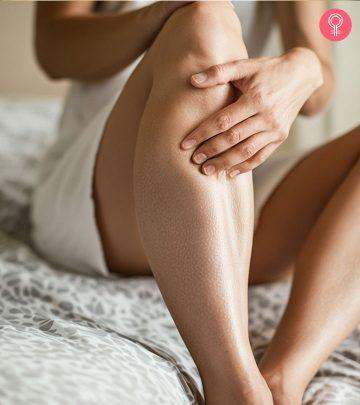




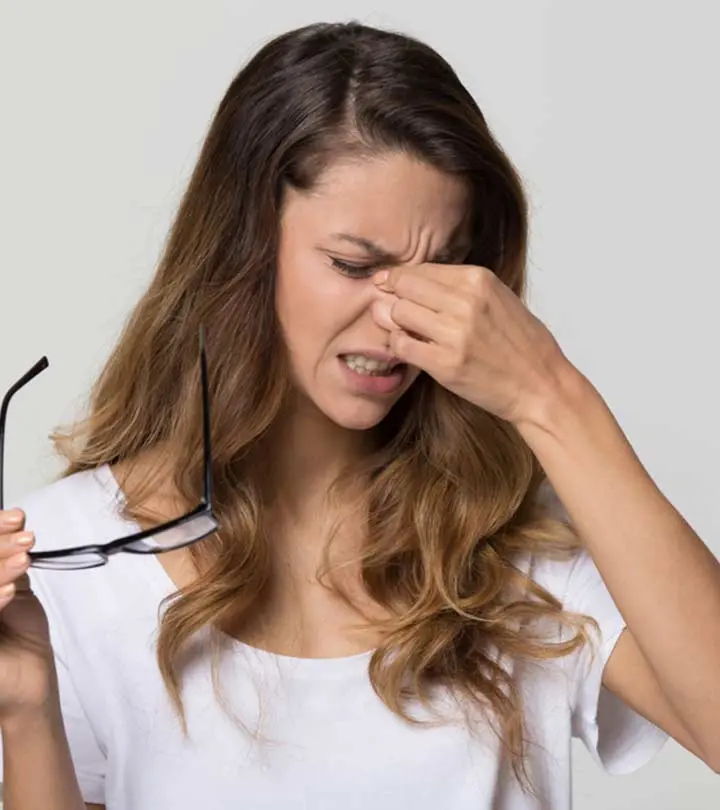


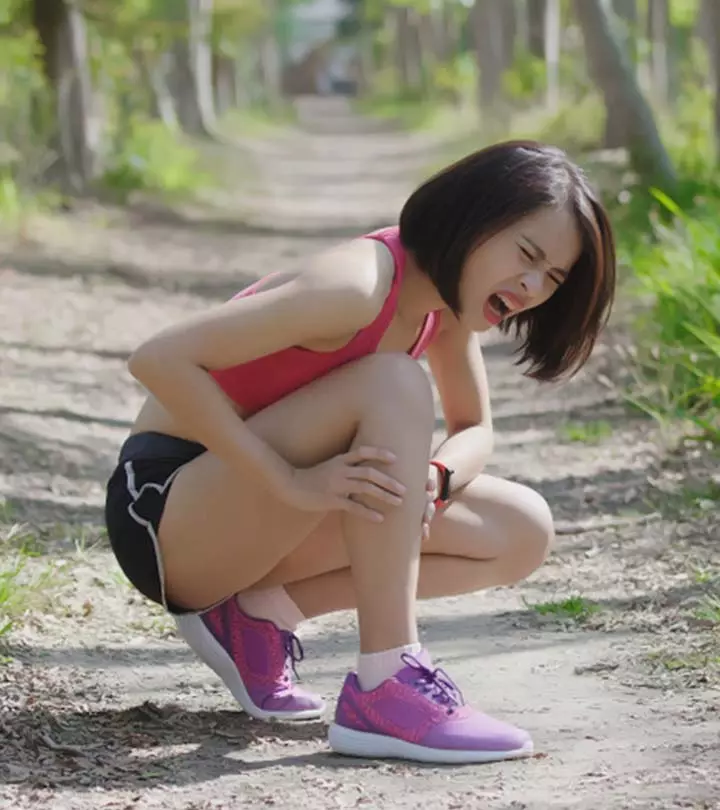
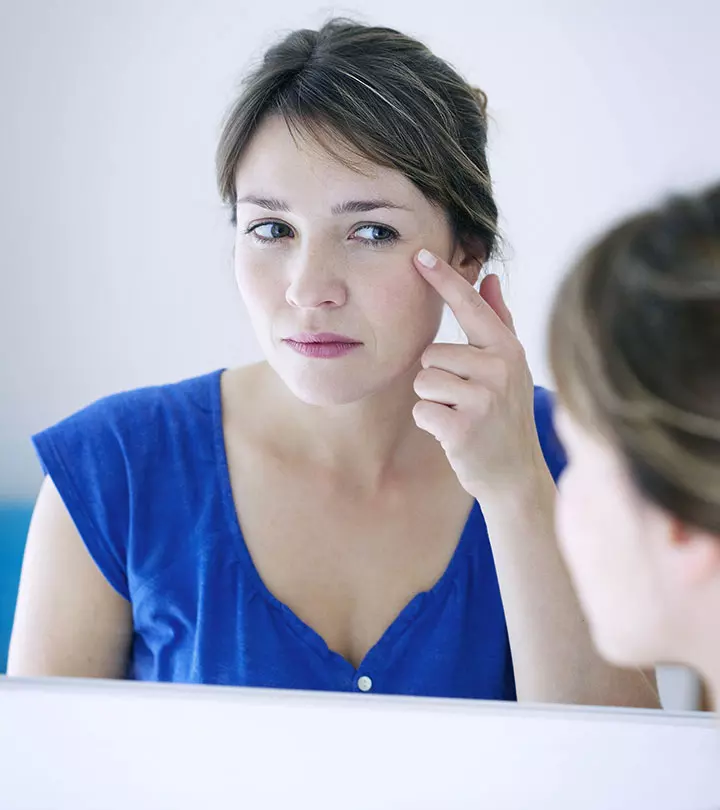
Community Experiences
Join the conversation and become a part of our empowering community! Share your stories, experiences, and insights to connect with other beauty, lifestyle, and health enthusiasts.